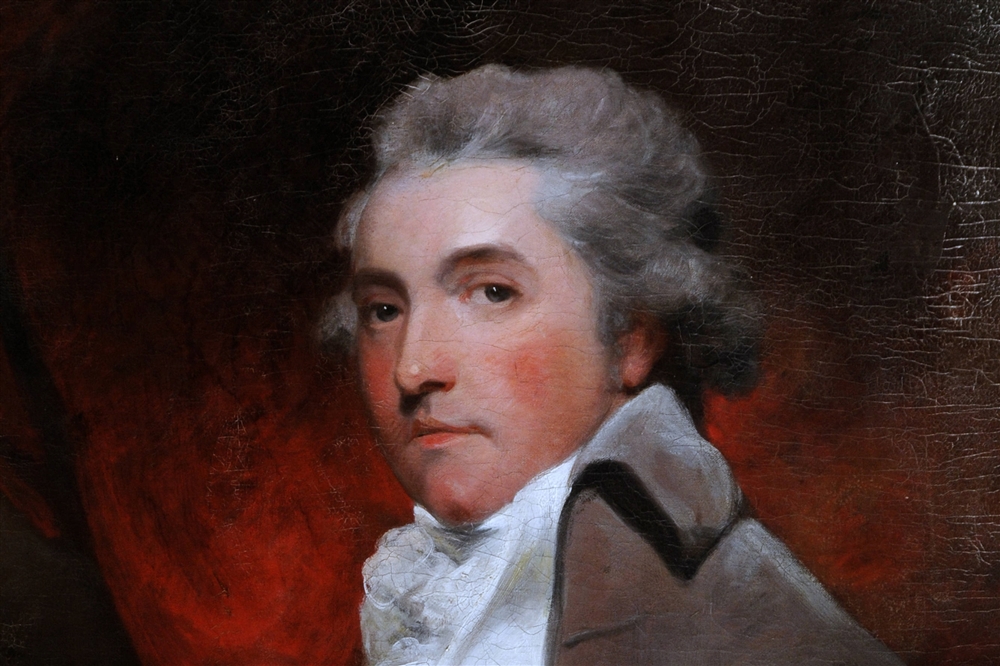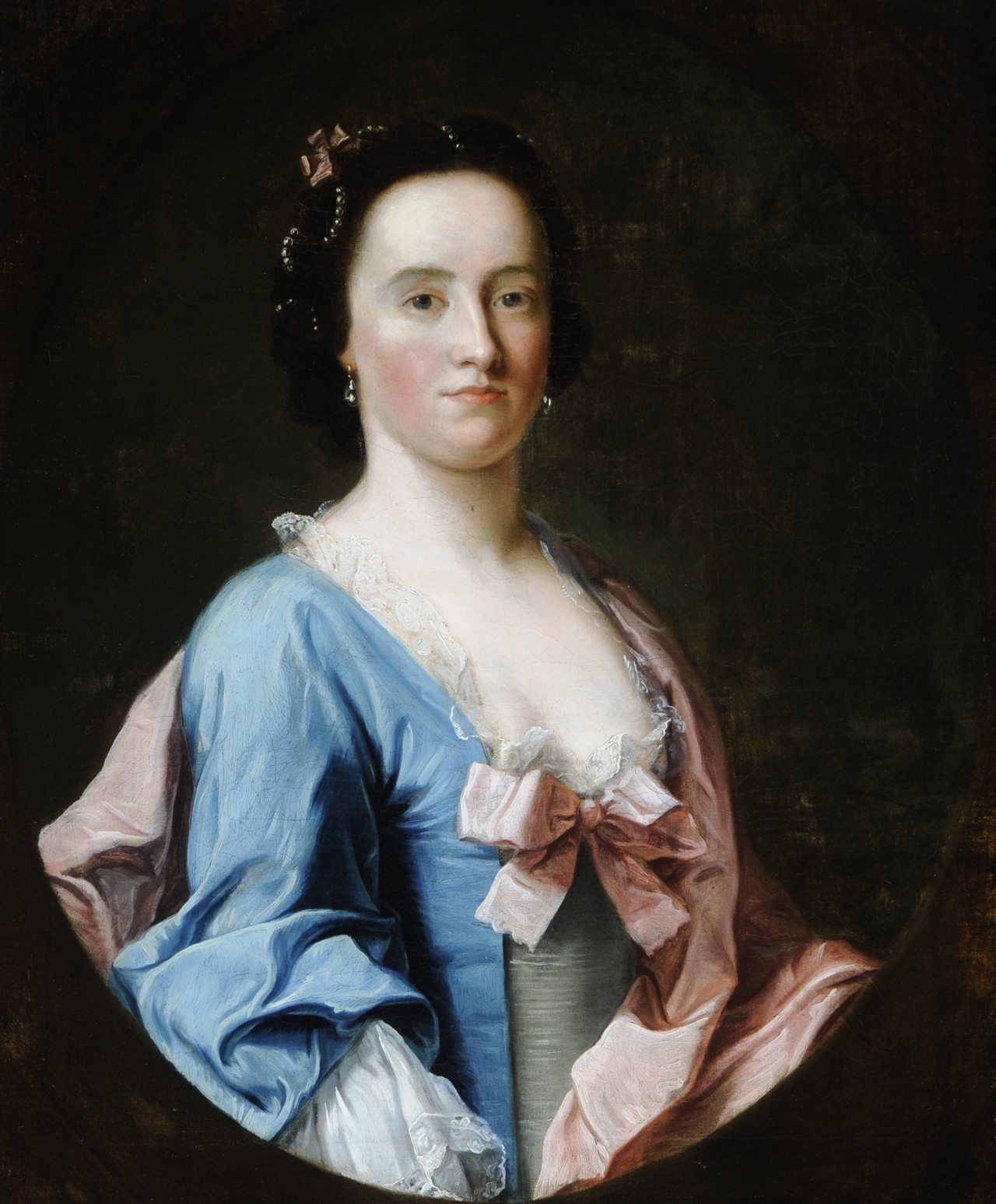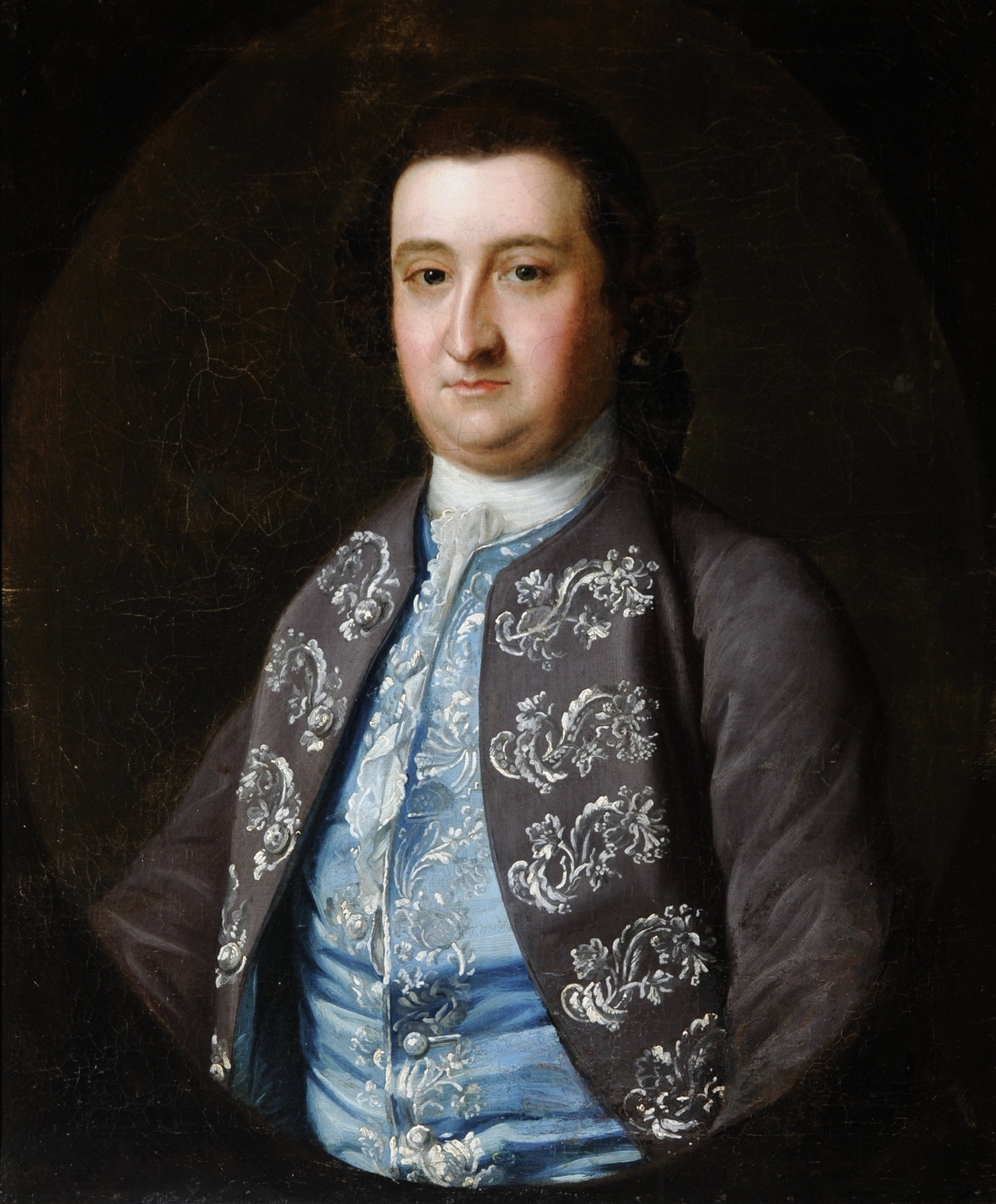

Mon 11 Nov 2019
Succession by Other Means
Linda Marshall // Research Volunteer
Linda Marshall
Research Volunteer
A Look at the Life of a Country Gentleman
In a country house estate, succession has rarely been a straightforward transition from father to son in all transitions through the centuries.
Burton Constable volunteer Linda Marshall looks at the life of Edward Sheldon, a lesser-studied figure who succeeded William Constable after his grand Georgian extravagances almost bankrupted the estate, but whose excellent management not only stabilised the finances of this great house but also created a grand monument to remember all those who had come before him and to house those who came after.
How much of a life of leisure did a wealthy landowner truly get to enjoy?
Entailment of Country Estates
Landowners often wanted to keep their property in the family. The principle lands would be left to the eldest son, entailing it further to his legitimate male children and their sons in order of seniority.
The landowner would also provide for his widow (or dower) and for his younger children (or portion). These arrangements were detailed in a legal document called a Settlement, which could only be altered by Act of Parliament. These settlements were regularly used by landed families.
Where no direct male heir existed, settlements often held clauses to specify who would inherit next, ‘making an heir’ by choosing a male relative such as a cousin or nephew to succeed. Where this happened, the inheritance often came with strict conditions - often that they change their name and arms to continue the family line.

Possibly Cecily Sheldon, nee Constable
William & Cecily Constable
William Constable was over 50 years old when he married and, unusually for a wealthy landowner wishing to keep his estate together, chose to marry a lady of his own age. This meant that the direct line of descent was impossible, requiring William to choose a successor and arrange legal matters accordingly.
Fortunately, William's eldest sister Cecily had provided a ready line of descent through her marriage to her husband Edward Sheldon (from another old Catholic family[1]) and issue of two sons, Edward and Francis. Naming children for their father, though seeming confusing to us today and a nightmare for genealogists, was a common occurrence in that period.
Cecily had married Edward (senior) early in 1748 and moved to live in Winchester where the Sheldon family owned, or had an interest in, a number of estates and properties. The Sheldons were closely involved in the tapestry industry in Barcheston, giving them a ready income, which would nonetheless soon be threatened by the declining popularity of tapestry as furnishings.

Edward Sheldon Senior, husband of Cecily
Introducing the Edward Sheldons
Edward was born in 1750, Cecily’s second child. Her first
child, named after her brother William, did not survive. Two years after Edward
was born Cecily had another son, Francis - as we know she died that year it is possible
the events were related. Edward Sheldon Senior remarried and had a further six
children – as the last child was born the year before he died, it’s likely that
his second wife was much younger than him.
25 years old when his father died in 1775, Edward suddenly became a fairly wealthy young man with a great deal of responsibility! He was appointed joint Executor of his fathers Will with his stepmother Margaret, and joint Guardian of his six younger half siblings (Margaret, Mary, Dominick, Henry, William and Charles).
Edward’s father’s Will settled on him and his heirs his house in Southgate Street in Winchester and an estate at Ditchford Friary in Warwickshire. His father's Will also suggests that there were other assets which were more ‘hidden’ from the Authorities - this may have been to protect against the Penal Laws which could be used against Catholics[2]. An additional catch-all stated that any remaining land not specified should be settled on Edward and his heirs.

Edward Sheldon, 1790
Inheriting Burton Constable
Edward inherited the Burton Constable estate in 1791, aged 41 and with 16 years of experience managing his family’s estate. He changed his surname to Constable to fulfil his uncle’s requirements, and set about energetically securing the estate, which was deficient by £45,000 pounds due to William’s refurbishments. At £3.5 million in today’s money, this must have been a daunting prospect!
The ‘Abstract of Title’ which William’s executors had carried out to summarise the estate’s legal history including deeds and mortgages[3] had found that the money could be raised through further mortgages. Working with the Executors, Edward succeeded in raising mortgages valued at £35,000 by October 1791[4].
There were additional expenditures to be accounted for, however, as William’s Will had required a mausoleum be built at Halsham to replace the family vault in the church there. Originally agreed at £3,300 with Thomas Atkinson of York, difficulties in working the black marble and the death of Atkinson caused the project to overrun and costs to climb, with the project eventually changing architect entirely.
Increasing Income
Edward commissioned a well-regarded surveyor Joseph Hodskinson to survey all the tenanted land; both he and Hodskinson were interested in the new ideas of agricultural improvement.
In December 1792 the resulting survey reported that the current rental income of £8,152.0.0d had not increased for some years and based on the assessed land values should in fact be £11,735.7.0d – a 44% increase.
The tenants were also encouraged to improve their farm management by bringing twice as much of their land into tillage and using more crop rotation to improve the soil. Presumably this was to increase their income so that they could pay for the increase in rent![5]
There is evidence that Edward took a long, rather than a short, term view of the estate. For example, in 1802 he owed £25,000 for two drainage schemes. He paid £1,250 in interest for these each year but also expected rents to increase by £1300 a year. While income from the Estate was not increased, therefore the value of the land was[6].
Without Issue
Edward Sheldon Constable died in Richmond, Sussex, on 8 March 1803 and was interred at St James Winchester. He had never married so had no heirs ‘of his body’. His brother Francis Sheldon inherited the Burton Constable estate. Unfortunately, as Francis outlived his only child, the Sheldon line at Burton Constable came to an end only 30 years after Edward had introduced it.
There is little at Burton Constable today which bears evidence of the Sheldon's tenure, despite the importace of Edward's undertakings. The striking mausoleum at the family's old seat of Halsham still bears testament to his greatest building project, however, and the Sheldon family crest can still be seen on the mahogany knife boxes in the Dining Room at the hall.
Edited by Philippa Wood, Curator of Burton Constable Hall
Sources:
[1] Bigland, R. (1808) Pedigree of the Sheldon Family complied by the College of Arms Edward De Vere Newsletter No.38. April 1992, February 2001.
[2] ‘my Will and desire is that all and every person or persons who have any Right or Interest in the same in Trust for me do convey the same promises and all their Rights and Interests in the same to the said Edward Sheldon and his heirs’
[3] DDCC/111/285
[4] DDCC/111/194 and 190 and 247
[5] DDCC/141/72 and 74
[6] DDCC/150/55 and 56, p195